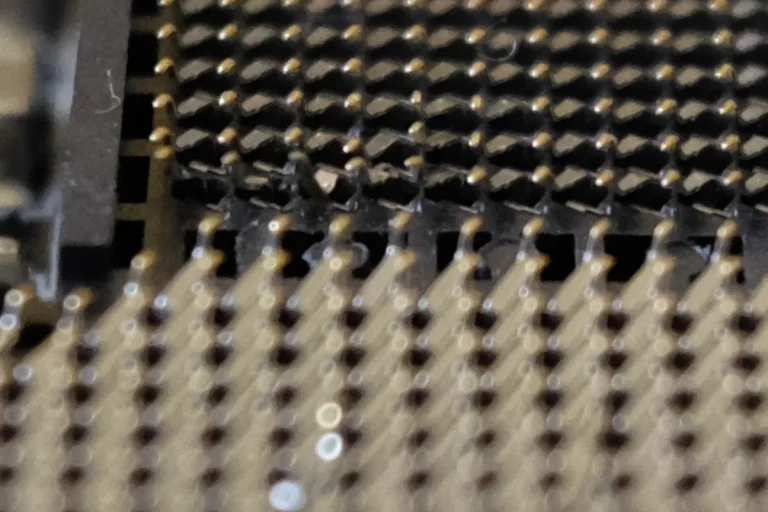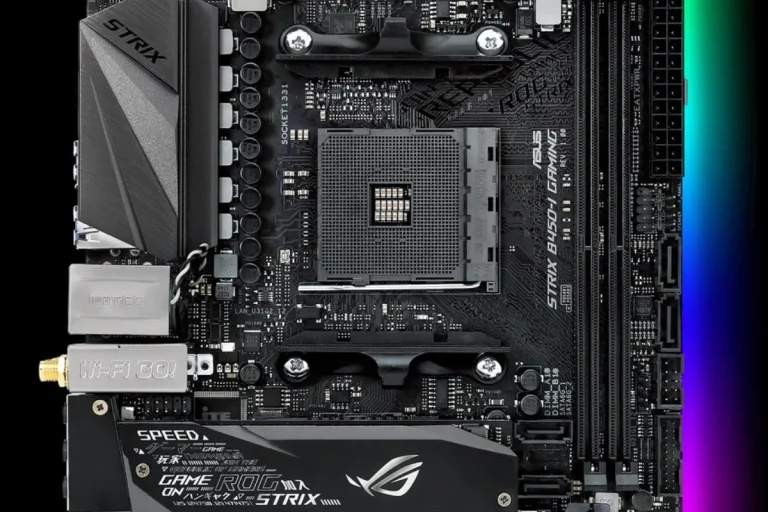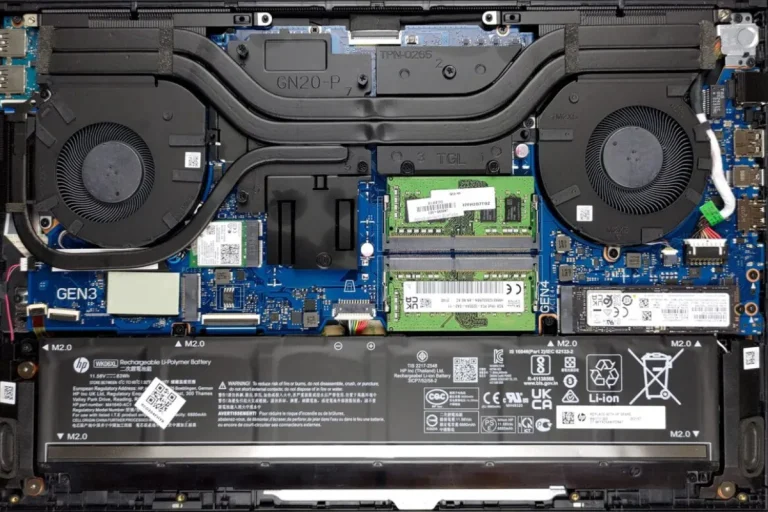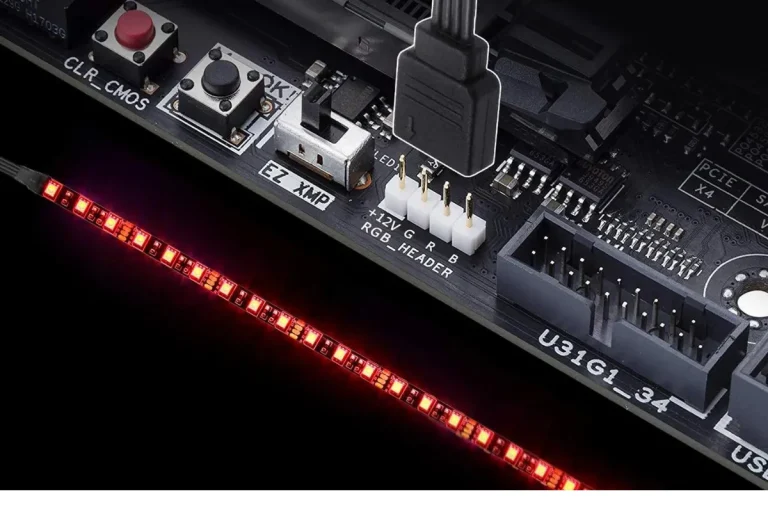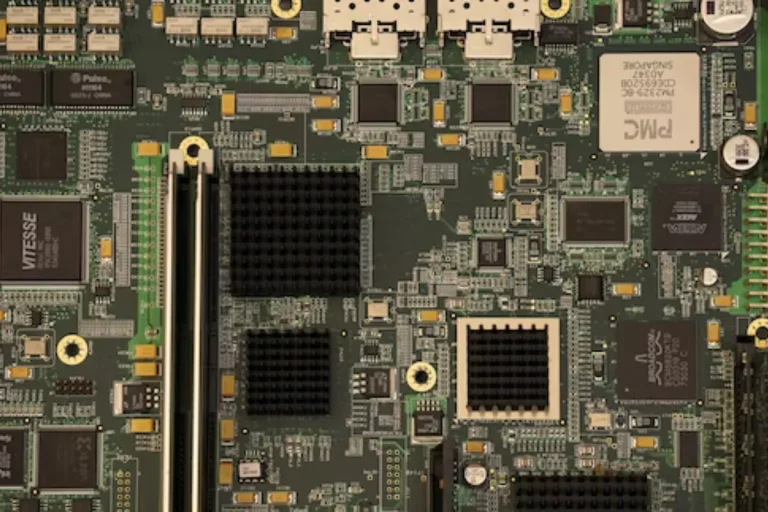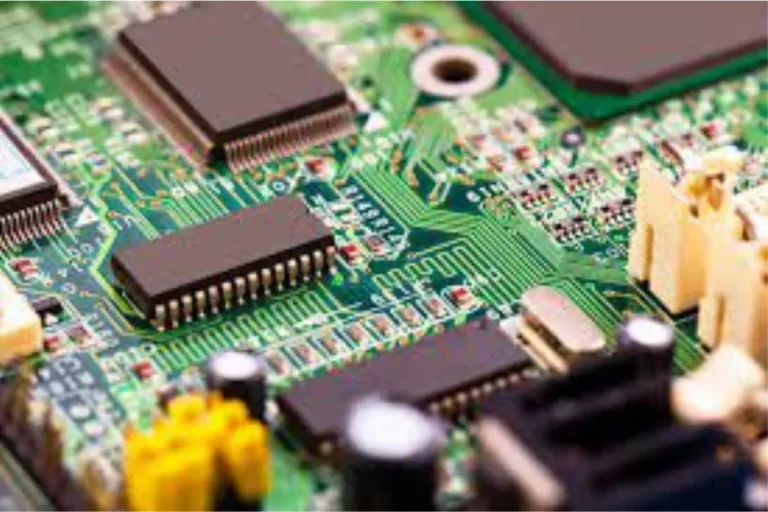What is the function of a motherboard in a desktop computer?
A motherboard is like the superhero backbone of a desktop computer, quietly working behind the scenes to make everything come together. It’s the ultimate traffic controller, connecting all the vital parts and ensuring they work in harmony.
BIOS and Firmware
The BIOS, or Basic Input/Output System, is a fundamental component of a computer system. It resides on the motherboard and acts as the bridge between hardware and software.
BIOS (Basic Input/Output System)
The BIOS plays a crucial role in initializing hardware components, ensuring they function properly before the operating system takes over.
During the boot process, the BIOS performs a series of self-tests, known as the Power-On Self-Test (POST), to verify the functionality of essential hardware components.
It then proceeds to load the operating system from the storage device into the computer’s memory. Without the BIOS, the computer would not be able to start up and run.
UEFI (Unified Extensible Firmware Interface)
UEFI, or Unified Extensible Firmware Interface, is a modern replacement for the traditional BIOS. It offers several advantages over its predecessor, including improved system boot time and enhanced security features.
Unlike the BIOS, which has limitations in terms of storage capacity and user interface, UEFI provides a more advanced graphical interface and supports larger storage devices. This enables more user-friendly configuration options and faster boot times.
UEFI also includes Secure Boot, a feature that verifies the integrity of the operating system during startup, protecting against malicious software or firmware attacks. It ensures that only trusted software is loaded, enhancing system security.
Enhancing Your Computer’s Capabilities
When it comes to expanding the capabilities of your computer, expansion slots and ports play a crucial role. These features on the motherboard allow you to connect additional components and peripherals, enabling a more versatile and powerful system.
Importance of Expansion Slots
Expansion slots provide the means to add extra components to your computer. These slots act as connectors that allow you to install hardware like graphics cards, sound cards, network cards, and more.
By adding these components, you can enhance your computer’s performance, graphics capabilities, and audio output. Whether you’re a gamer, content creator, or simply a power user, expansion slots offer the flexibility to tailor your system to your specific needs.
Installation of Additional Components
Expansion slots make it possible to install additional components seamlessly. For example, a graphics card can be inserted into a PCI Express (PCIe) slot, which significantly improves the computer’s graphical capabilities, enabling you to play the latest games or work with graphics-intensive applications smoothly.
Similarly, a sound card can be installed in a dedicated slot, enhancing audio quality and providing support for surround sound systems.
Types and Functions of Ports
In addition to expansion slots, motherboards also feature various ports that serve different functions. USB ports allow you to connect external devices such as keyboards, mice, printers, and USB drives.
HDMI ports enable the connection of high-definition displays, such as monitors and TVs, providing sharp and vibrant visuals. Ethernet ports facilitate wired network connections, ensuring fast and reliable internet access.
Role in Overclocking
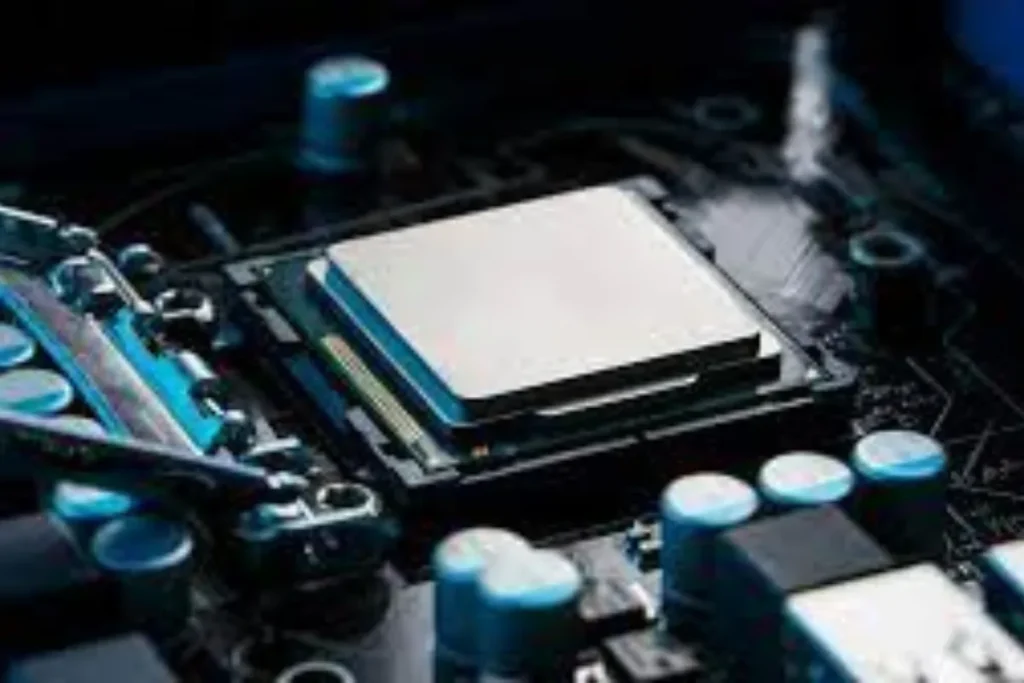
Overclocking is like giving your computer a turbo boost. It involves increasing the clock speed of your CPU, GPU, or RAM beyond the manufacturer’s specifications. By doing so, you can squeeze out extra performance and make your system run faster.
Overclocking Basics
The motherboard’s design and features play a crucial role in determining the potential for overclocking. A well-designed motherboard with robust power delivery and advanced cooling options can handle the increased voltage and heat generated during overclocking. This ensures stable performance and prevents damage to your components.
Voltage Regulation and Cooling
Voltage regulation modules (VRMs) are essential components on the motherboard that control the amount of voltage supplied to the CPU. When overclocking, increased voltage is often required to achieve higher clock speeds.
A motherboard with high-quality VRMs ensures stable power delivery, preventing voltage spikes or drops that could harm your components. Cooling is another critical factor in overclocking.
As you push your components to higher clock speeds, they generate more heat. Without proper cooling, your system can overheat, leading to performance throttling or even component failure. Good cooling solutions, such as CPU coolers and case fans, help dissipate heat and maintain optimal performance during overclocking.
FAQs
1. What is BIOS, and why is it important?
BIOS stands for Basic Input/Output System. It is a firmware that resides on the motherboard and is responsible for initializing and configuring hardware components during system startup. It provides a low-level interface between the hardware and the operating system.
2. How does the motherboard’s BIOS facilitate hardware initialization?
The motherboard’s BIOS performs a series of self-tests and checks during startup, known as the Power-On Self-Test (POST). It identifies connected hardware components, checks their functionality, and configures them accordingly.
3. Why is it important to keep the motherboard’s firmware up to date?
Keeping the motherboard’s firmware, including the BIOS, up to date is essential for optimal performance and compatibility. Firmware updates often include bug fixes, security patches, and improvements in hardware compatibility.
4. How can I update the motherboard’s firmware?
To update the motherboard’s firmware, you typically need to visit the manufacturer’s website and download the latest firmware version for your specific motherboard model. Follow the provided instructions to create a bootable USB drive or use a dedicated firmware updating tool provided by the manufacturer.
5. Are there any risks involved in updating the motherboard’s firmware?
While updating the motherboard’s firmware is generally a safe process, there are potential risks if not done correctly. Power interruptions or interruptions during the firmware update can result in a bricked motherboard.
Conclusion
the motherboard is the unsung hero of your desktop computer. It serves as the central hub, connecting all the components and ensuring seamless communication. Without a motherboard, your computer would be a collection of disconnected parts.
So, next time you power up your computer, remember to thank the motherboard for its vital role in making everything work together harmoniously.
